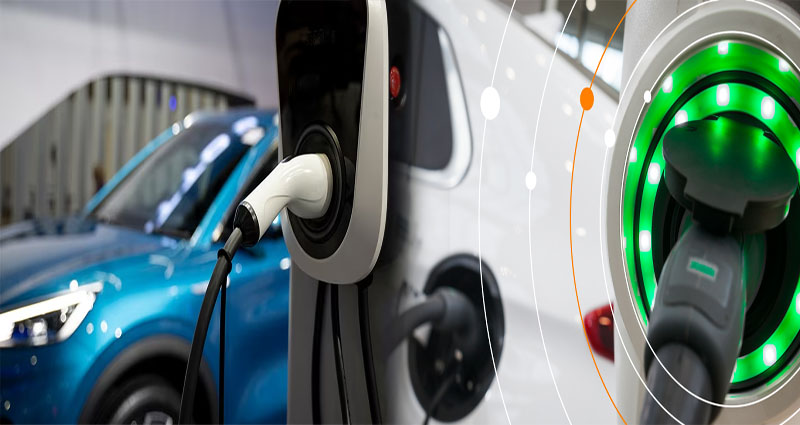The rapid growth of electric vehicles (EVs) has the potential to revolutionize the transportation industry. However, several challenges still exist that hinder the widespread adoption of EVs. In this article, we will explore the key projections and solutions for the major challenges facing electric vehicle growth.
Challenge 1: Limited Charging Infrastructure
One of the most significant challenges facing EV growth is the limited availability of charging infrastructure. Range anxiety, the fear of running out of battery power with no charging station nearby, is a major concern for potential EV buyers. To overcome this challenge, governments, utility companies, and private entities need to invest heavily in building a robust and widespread charging network. Projections suggest that the number of charging stations across the globe will increase dramatically in the coming years as the demand for EVs rises.
Solution 1: Expanding Charging Infrastructure
To encourage EV adoption, governments must incentivize the installation of charging stations. Public-private partnerships can help spur investment in charging infrastructure, making it accessible to EV owners. Moreover, the development of fast-charging technology that reduces charging time significantly will further alleviate the concerns of range anxiety.
Challenge 2: High Cost of EVs
Despite the potential long-term cost savings through reduced fuel and maintenance expenses, the upfront cost of electric vehicles remains a major barrier for many consumers. Electric vehicles often come with higher price tags than their fossil fuel counterparts due to the cost of advanced batteries and other technology. This cost differential needs to be overcome to accelerate EV growth.
Solution 2: Financial Incentives and Tax Benefits
To address this challenge, governments can offer financial incentives, tax credits, and subsidies to buyers of electric vehicles. Such measures can significantly reduce the purchase price of EVs and make them more affordable for a broader range of consumers. Additionally, continued investment in research and development can lead to technological advancements that drive down the manufacturing costs of electric vehicles in the long run.
Challenge 3: Limited Battery Technology
The limited performance and range of current battery technology pose challenges for the widespread adoption of electric vehicles. Despite advancements in battery efficiency, EVs still cannot match the range and refueling speed of traditional gasoline-powered vehicles. This limitation hinders consumer confidence and prevents the transition to electric vehicles.
Solution 3: Advancements in Battery Technology
Investing in research and development of battery technology is crucial to overcome this challenge. As battery technology continues to improve, electric vehicles will have longer ranges, faster charging times, and increased overall performance. Additionally, governments and private organizations must collaborate in funding research projects aimed at developing next-generation battery technologies to make EVs even more accessible and viable.
Challenge 4: Limited Model Availability
While the number of electric vehicle models available on the market has increased in recent years, there is still a limited selection compared to traditional gasoline-powered vehicles. This lack of variety can deter potential buyers who have specific preferences or requirements when choosing a vehicle.
Solution 4: Diversifying Electric Vehicle Models
Automakers need to continue diversifying their electric vehicle offerings to cater to different market segments and consumer preferences. The introduction of electric SUVs, pickup trucks, and other popular vehicle types can make EVs more appealing to a wider range of consumers. Furthermore, collaboration between automakers and technology companies can facilitate the development of cutting-edge and innovative electric vehicle models.
Despite the challenges, the future of electric vehicle growth appears promising. With projected advancements in charging infrastructure, reductions in the cost of EVs, improvements in battery technology, and a wider range of electric vehicle models, we can expect significant growth in the adoption of electric vehicles. Governments, organizations, and consumers must unite and work together to overcome these challenges and embrace the numerous benefits of electric vehicles, including reduced emissions and a greener future for transportation.





